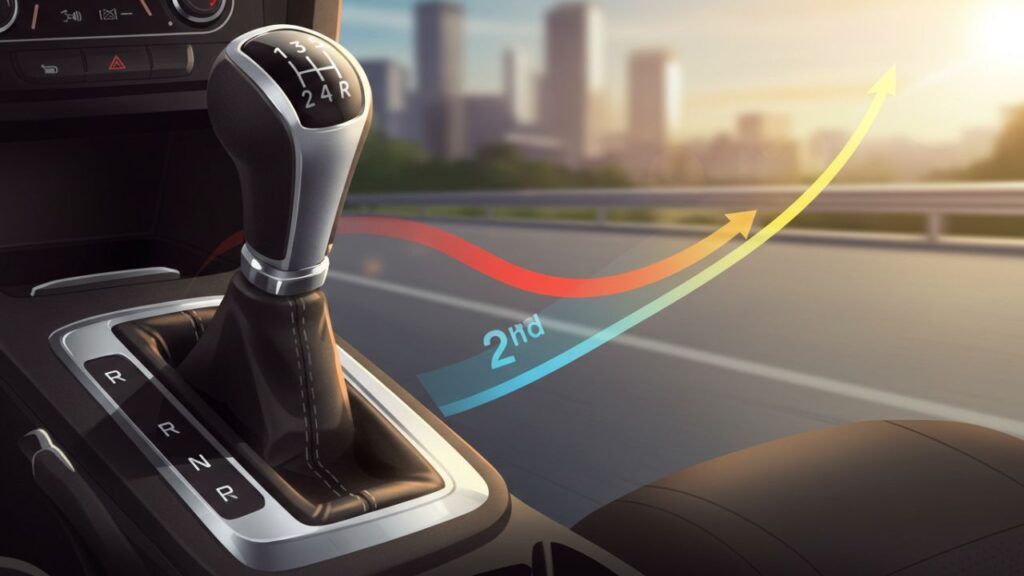Learning the art of switching 2nd gear is one of the most essential skills in driving a manual car. The smooth transition from first to second gear ensures better control, minimizes wear on the transmission, and allows your vehicle to perform efficiently. Whether you are a beginner learning to drive or someone brushing up on technique, understanding the timing, mechanics, and safety tips for shifting to second gear can make a huge difference.
In this guide, we’ll cover how switching 2nd gear works, common mistakes to avoid, expert tips, and why mastering this simple move is vital for every driver.
Switching 2nd Gear: Why It Matters
Switching 2nd gear is not just about moving the gear stick—it’s about control and vehicle performance. In first gear, the car generates a lot of torque but little speed. As soon as the vehicle gathers momentum, second gear balances power with speed. This makes it essential for:
-
Smoother acceleration
-
Preventing engine strain
-
Better fuel efficiency
-
Safer navigation in traffic
Without a proper switch to 2nd gear, the engine can rev too high, making the car noisy, inefficient, and potentially damaging over time.
When to Switch to 2nd Gear
Timing is key when switching 2nd gear. The right moment depends on speed, engine sound, and road conditions. For most vehicles, the best time is:
-
Between 10–20 mph (16–32 km/h)
-
When the engine revs between 2000–3000 RPM
-
After the car has fully moved off from a stop
Beginners often delay the shift, causing the engine to overwork. On the other hand, switching too early can make the car struggle or stall. Listening to the engine and feeling the car’s pull helps you determine the sweet spot.
Steps for Switching 2nd Gear Smoothly
Switching to 2nd gear requires coordination between the clutch, accelerator, and gear lever. Here’s a step-by-step approach:
-
Accelerate gently in first gear until the car gains momentum.
-
Press the clutch pedal fully to disengage the engine from the gearbox.
-
Move the gear stick from first to second smoothly.
-
Release the clutch gradually while applying slight pressure on the accelerator.
-
Continue accelerating as the car adjusts to second gear.
Practicing this sequence ensures the car does not jerk or stall during the shift.
Common Mistakes When Switching to 2nd Gear
Many drivers, especially beginners, struggle with the transition. Common mistakes include:
-
Releasing the clutch too fast causes the car to jerk forward.
-
Not pressing the clutch fully makes gear engagement rough.
-
Switching too early or too late affects performance and may damage the engine.
-
Looking at the gear stick instead of the road compromises safety.
Recognizing these mistakes and correcting them improves both driving confidence and vehicle longevity.
Switching Gear in Different Conditions
Different driving scenarios require adjustments in how you switch gears.
Switching 2nd in Traffic
In heavy traffic, you may need to shift into 2nd gear frequently. Keep the clutch ready, and avoid riding it unnecessarily to prevent wear.
Switching 2nd on Slopes
On uphill starts, switching to 2nd gear requires more throttle. Use the handbrake method if necessary to prevent rolling back.
Switching 2nd on Wet Roads
Gentle acceleration is key. Sudden inputs while switching 2nd gear can cause wheel spin or loss of traction.
Benefits of Mastering Switching 2nd Gear
When you learn to switch to 2nd gear correctly, you enjoy multiple benefits:
-
Comfort – smoother rides for both driver and passengers.
-
Safety – improved control of the car at moderate speeds.
-
Efficiency – less fuel consumption and engine wear.
-
Confidence – greater ease while driving in different conditions.
This simple skill sets the foundation for learning higher gear changes more effectively.
Switching Gear for Beginners
For new drivers, the process may feel overwhelming. Start by practicing in an open, low-traffic area. Focus on listening to the engine, using both feet in harmony, and developing muscle memory. With time, shifting to second gear will become second nature.
Tips for Smooth Switching 2nd Gear
To refine your technique, keep these tips in mind:
-
Always keep your left foot ready to press the clutch fully.
-
Apply steady pressure on the accelerator while releasing the clutch.
-
Avoid over-revving the engine in first gear.
-
Practice in safe environments until the motion feels natural.
Switching 2nd Gear and Vehicle Longevity
Improper gear changes strain the gearbox, clutch, and engine. Frequent jerks and grinding noises are signs that the switching gear isn’t being done properly. By mastering the right technique, you extend the lifespan of key vehicle components, saving money on repairs in the long run.
Final Thoughts
Switching to 2nd gear may seem like a small step in the driving process, but it plays a critical role in efficiency, safety, and control. With practice, drivers learn to shift seamlessly, creating a smoother driving experience and reducing vehicle wear. Whether you’re just starting out or revisiting manual driving after years of using automatics, revising this fundamental skill ensures confidence on the road.





